Critically Endangered Species And Subspecies Of Great Apes
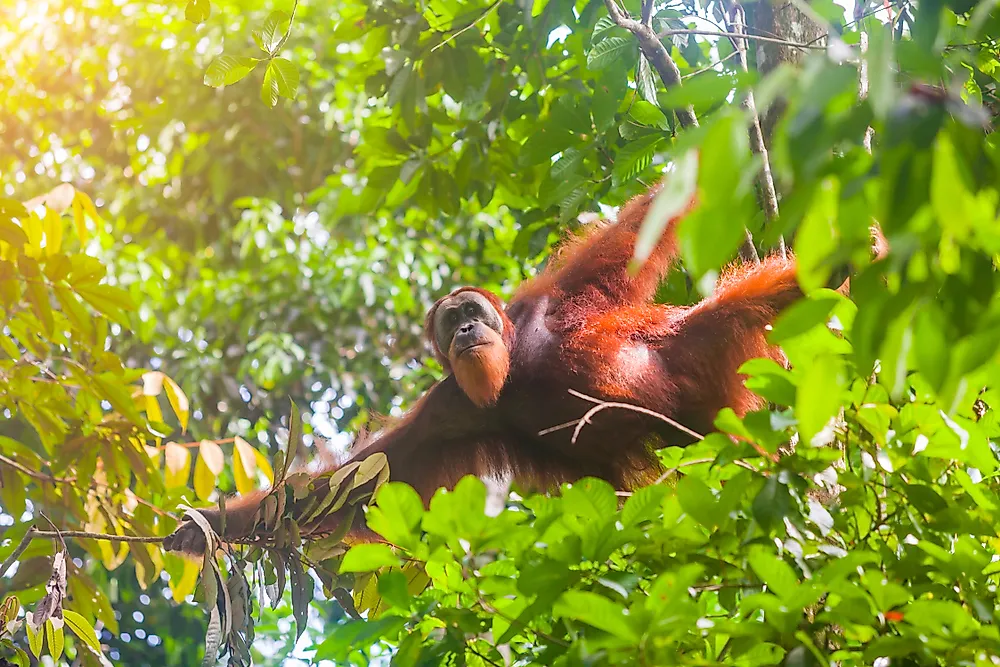
The great apes are primates that are the closest relatives of humans. These animals are highly intelligent in nature. Despite their intelligence, these great apes have not managed to thrive under anthropogenic pressures. Their habitats have been destroyed to a great extent to make space for human settlements and activities. Many of these animals have been indiscriminately hunted for human consumption. Moreover, the young ones of these species have been captured for the illegal pet trade. Most often, such captures involve the killing of the protective mother of the young animals. Thus, today, most of the great apes are threatened species with many on the brink of extinction. Here is a list of the species and subspecies of great apes that are critically endangered:
6. Eastern Gorilla
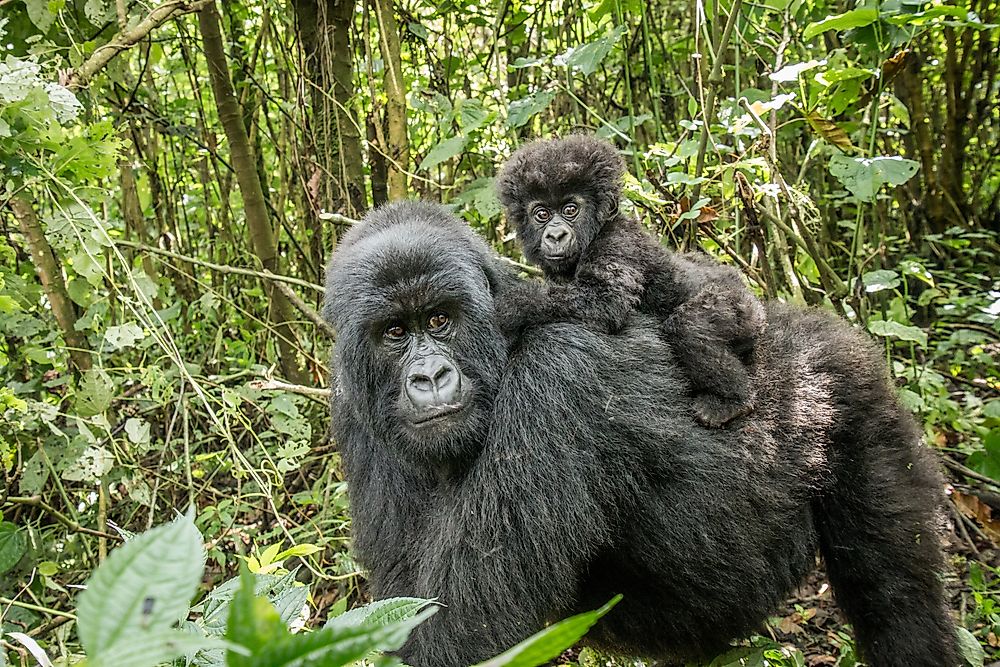
The Gorilla beringei is the largest living primate in the world. The two subspecies of the eastern gorilla, the Grauer's gorilla and the mountain gorilla, are both listed as critically endangered. The former has about 3,800 surviving individuals while the latter has a population of only about 800 members. The mountain gorillas inhabit the subalpine forests and mountain rainforests in parts of DRC, Rwanda, and Uganda. The other subspecies is found in the forests of eastern DRC. It was listed as critically endangered in September 2016. Illegal hunting for bushmeat is one of the biggest threats to the species. Habitat destruction due to agriculture and forestry practices also threaten the populations of this primate.
5. Western Gorilla
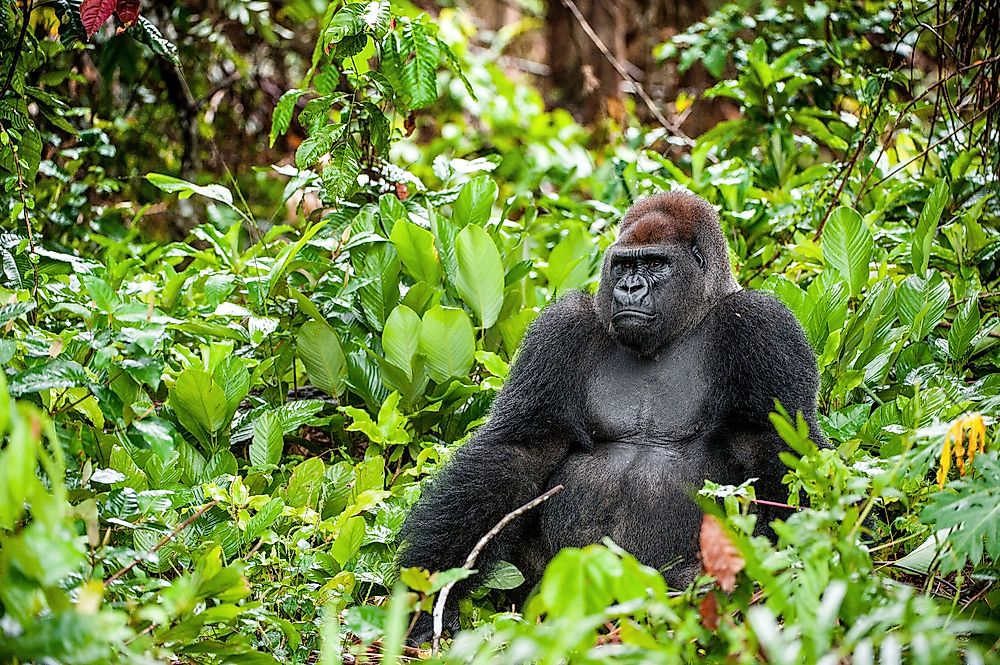
The Gorilla gorilla is the type species of the Gorilla genus. There are two subspecies of the western gorilla, the western lowland gorilla and the Cross River gorilla, both of which are listed as critically endangered. This is the most widespread species of gorilla and its range includes DRC, CAR, Cameroon, Gabon, Equatorial Guinea, and the Republic of Congo. Today, the Ebola virus is the biggest threat to the survival of species and has already wiped out about 33% of the population of the Western gorilla in the protected areas. Other threats like poaching, civil wars, logging, mining, etc., have also pushed the species to the brink of extinction. The reproductive rate of the species is also very low further worsening the situation.
4. Sumatran Orangutan
The Pongo abelii is a critically endangered orangutan species that is endemic to the Indonesian island of Sumatra. Clearance of vast tracts of forests for palm oil plantations and agriculture has greatly decreased the natural habitat of the species. Construction of roads through forests has also fragmented the habitat of the species. Occasional hunting also takes place. As of 2016, the population of the Sumatran orangutan was estimated to be 14,613. The population has increased from the estimated figure of 7,300 in 2004.
3. Bornean Orangutan
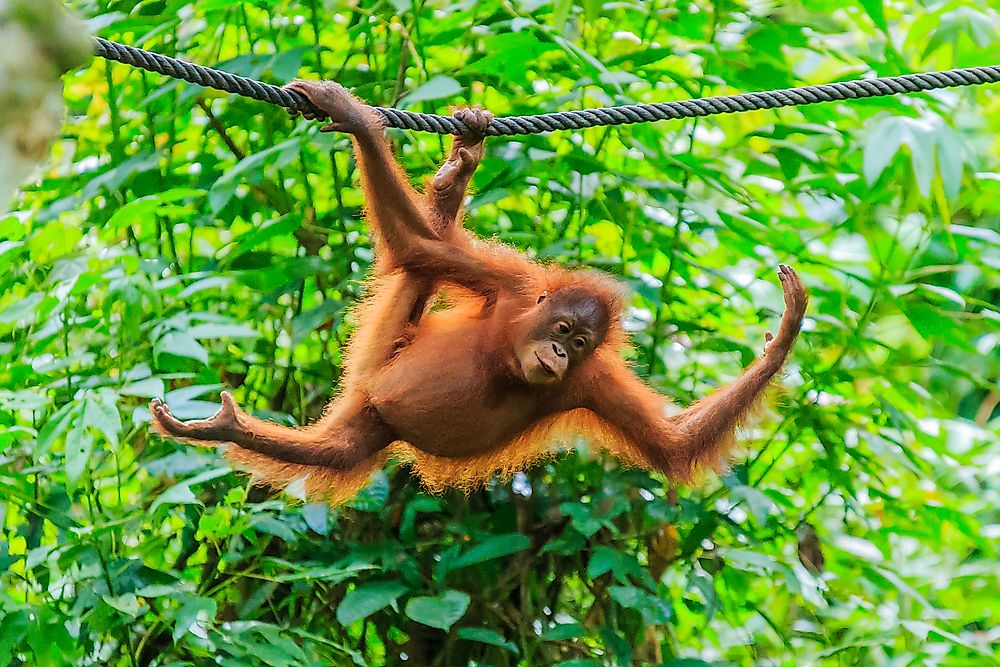
The Pongo pygmaeus is found in the island of Borneo. Like the Sumatran orangutan, this species is also threatened with deforestation for palm oil cultivation. It is also hunted by the local people in its habitat for bushmeat. An illegal trade selling young orangutans is also prevalent in the region. Often, the adults are killed off in order to capture the young ones. The wild population of this species is estimated to be around 54,500 individuals. This figure represents only about 14% of the population a few decades ago. The orangutan has disappeared from several parts of its restricted range. According to some experts, orangutans are soon expected to be extinct in the wild if the sufficient conservation efforts are not implemented quickly. The three subspecies of the Bornean orangutan, the Northeast, Northwest, and Southwest Bornean orangutans are all listed as critically endangered.
2. Tapanuli Orangutan
The Pongo tapanuliensis is a newly discovered species of orangutan. It was classified as a distinct species in 2017. It has a very small range in South Tapanuli in the Indonesian island of Sumatra. The orangutan inhabits tropical and subtropical moist broadleaf forests in its range. Its range covers an area of 1,000 square km and the altitudinal range varies from 300 to 1,300 m. The species can be described as the rarest great ape. The IUCN has labeled it as a critically endangered species. A number of factors like hunting, persecution by humans, habitat destruction due to mining, agriculture, and other anthropogenic activities, and illegal wildlife trade threaten the survival of the Tapanuli orangutan.
1. Western Chimpanzee
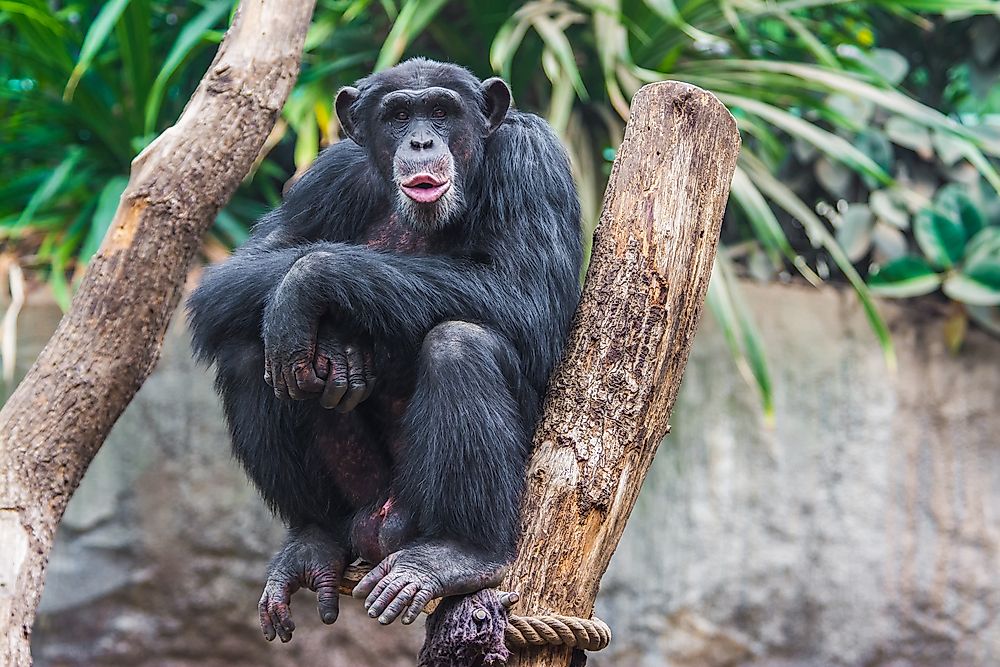
The Pan troglodytes verus is a subspecies of the common chimpanzee. It is found in parts of western Africa, especially in the countries of Guinea and the Ivory Coast. While the common chimpanzee and three of its subspecies, the central chimpanzee, the Nigeria-Cameroon chimpanzee, and the eastern chimpanzee are all listed as endangered, the subspecies of western chimpanzee is listed as critically endangered. Although the population of the western chimpanzee was once widespread, habitat loss has restricted its population. Today there are thought to be about 21,300 to 55,600 individuals left in the wild.











